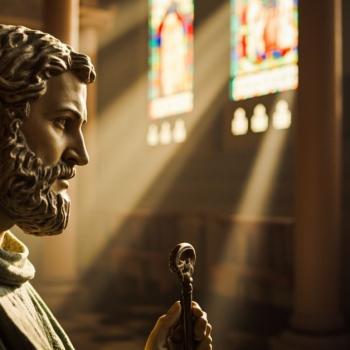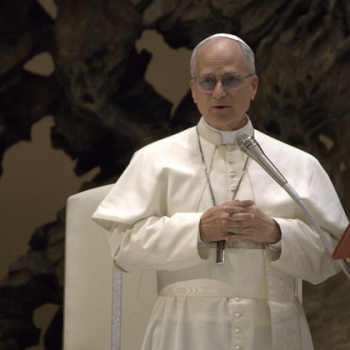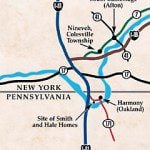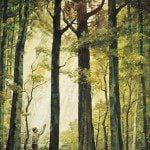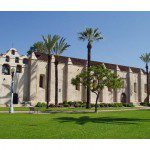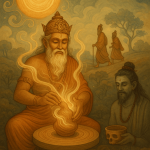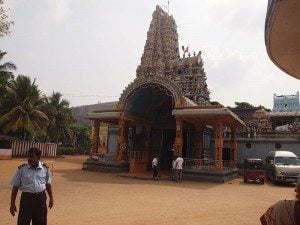
A temple in Matale, Sri Lanka
(Click to enlarge.)
Bill Hamblin weighs in:
My concern isn’t merely that the Maxwell Institute has published non-Mormon perspectives. I pioneered that myself, by publishing articles by Michael Heiser and by (precisely) Paul Owen and Carl Mosser that were explicitly Evangelical and overtly critical of LDS claims. I haven’t changed my view on the matter: I’m not afraid of non-Mormon viewpoints, and I don’t object to publishing them. I think, indeed, that we have much to learn from them. One of the four books published thus far by the Interpreter Foundation is by the non-Mormon scholar Samuel Zinner, and we have the official Vatican astronomer, a Jesuit, coming to Utah early in 2016 to speak at an Interpreter Foundation conference on science and religion. And so forth.
The difference, it seems to me, is that the old FARMS and the early Maxwell Institute were overtly, vocally, “orthodoxly,” and unmistakably Mormon. Our overall point of view was clear. And, if one of our non-LDS authors made an argument or an assertion that we felt needed countering or required contradiction from us, we didn’t hesitate to do so. Politely and cogently, I hope, but without reservation. People knew where we stood.
The New Maxwell Institute is, by contrast, rather inscrutable. It seems to have adopted a position of studied neutrality or objectivity — necessary at Claremont or at Utah State, but (to put it mildly) uncharacteristic of Brigham Young University. For example, it leaves denials of the existence of the plates of the Book of Mormon in its own pages quite uncontradicted, and it isn’t otherwise known anymore for its explicit advocacy of the Restoration. Context is all.




